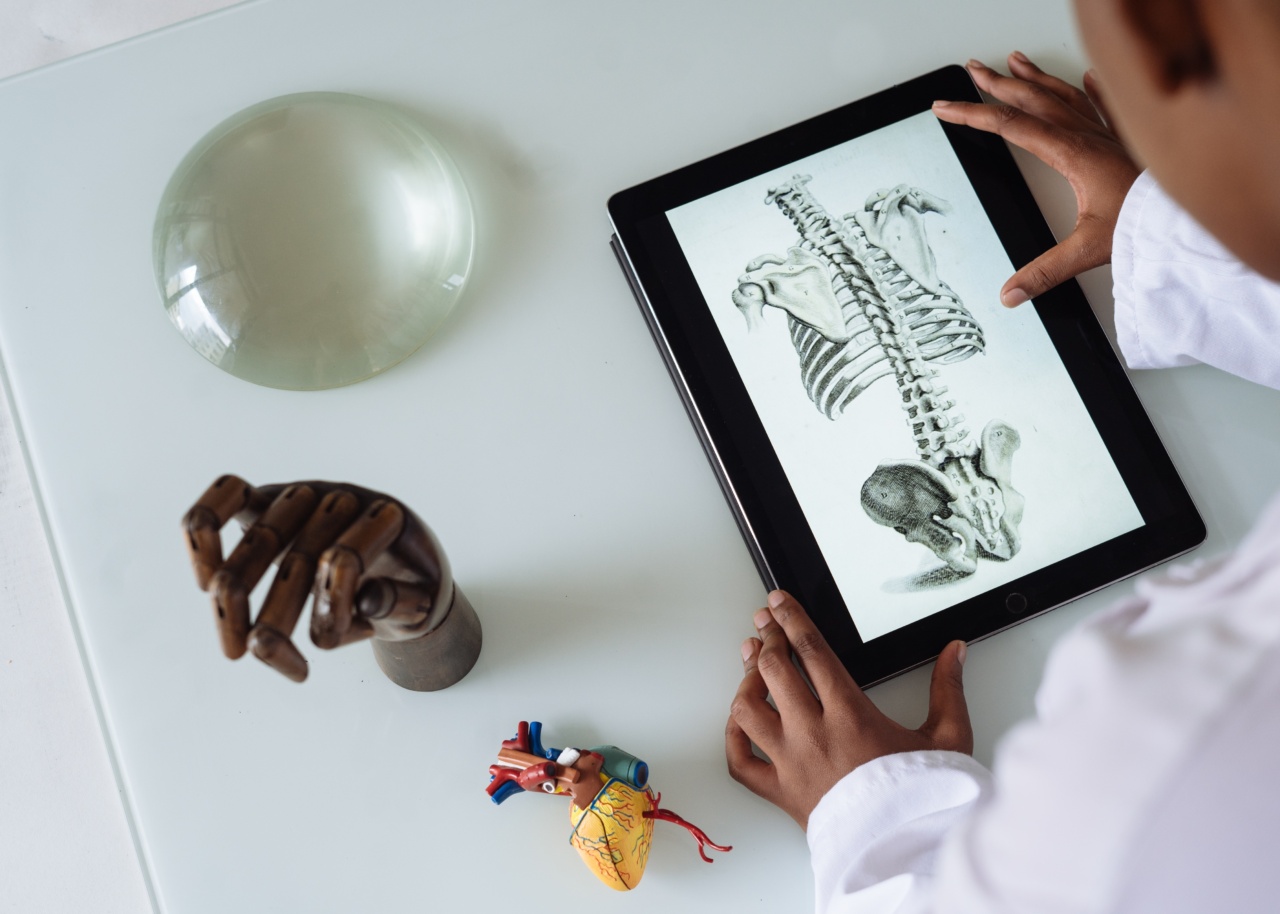The female anatomy is more complex than that of male. The reproductive organs of a female consist of internal and external parts that play a crucial role in sexual functioning.
The external genitalia or the vulva consists of the mons pubis, labia majora and minora and clitoris. On the other hand, internal genitalia consists of ovaries, fallopian tubes, uterus and vagina.
External Genitalia
The external genitalia of a female, also referred to as the vulva, are the visible parts of the female reproductive system. The mons pubis is a fatty tissue which covers the pubic bone.
The labia majora are two folds of skin which extend from the mons pubis to the perineum. The labia minora are two smaller folds located within the labia majora. These folds cover the vaginal and urethral openings. The clitoris is a small, sensitive organ located at the top of the vulva.
Internal Genitalia
The internal genitalia of a female are hidden from view but are just as crucial for sexual function. The ovaries are two small organs located on either side of the uterus.
They are responsible for producing and releasing eggs during a woman’s menstrual cycle. The fallopian tubes are the narrow tubes that run from the ovaries to the uterus. The uterus is a hollow, muscular organ that first houses the fertilized egg and then the developing fetus.
The vagina is a muscular canal that runs from the vulva to the cervix.
Sexual Response Cycle
Like men, women also go through a four-stage sexual response cycle which includes excitement, plateau, orgasm and resolution. However, women’s sexual response and desire are more complex than men.
Unlike men, women’s sexual response is not just physical but also psychological. Female sexual response begins with arousal and anticipation of sexual activity. Physical signs of arousal include vaginal lubrication, increased blood flow to the clitoris, and swelling of the labia minora.
Excitement Phase
The excitement phase is the first stage of female sexual response. During this stage, the body releases hormones such as adrenaline and dopamine which lead to an increase in heart rate and respiration. The vagina also begins to naturally lubricate.
The clitoris becomes engorged and moves upwards, while the labia and vulva may become more tightly clenched.
Plateau Phase
The plateau phase follows the excitement phase. During this phase, there is a further increase in heart rate and blood pressure, and breathing becomes more rapid and shallow.
The labia and clitoris swell even more, and the vaginal walls get engorged with blood creating a full sensation. The plateau phase, unlike excitement and orgasm, can be sustained for a longer period of time, or it can lead to orgasm.
Orgasm Phase
During the orgasm phase, there is a rush of pleasure and sensation as the body releases the sexual tension built up during the earlier stages of sexual arousal.
In women, orgasm is often accompanied by rhythmic vaginal contractions which may vary in intensity and duration. The rhythmic contractions can be felt across the pelvic area, the uterus, and vaginal walls. Some women experience multiple orgasms in this phase.
Resolution Phase
During the resolution phase, the body returns to its resting state with heart rate, blood pressure, and respiration reducing to normal levels. The clitoris, labia, and vagina return to their pre-arousal state.
Conclusion
The female anatomy is an intricate and complex system that plays a crucial role in sexual functioning. Understanding the different stages of the female sexual response cycle can help individuals have a fulfilling sexual experience.
Increasing awareness and openness to discuss female sexuality can lead to better sexual satisfaction and improved overall sexual health.


























